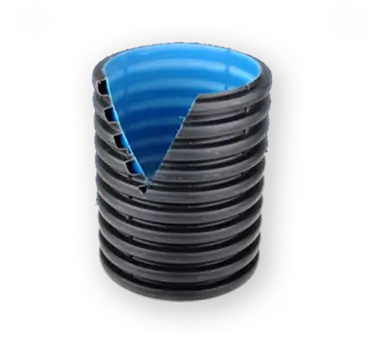Dec . 05, 2024 16:55 Back to list
Innovative Coupling Solutions for HDPE and Steel Connecting Technologies
Understanding HDPE to Steel Coupling Products
In the modern world, a diverse range of materials is utilized in construction and industrial applications. High-Density Polyethylene (HDPE) and steel are two such materials that are quite prevalent. HDPE is renowned for its chemical resistance, durability, and lightweight properties, while steel is celebrated for its strength and structural integrity. The combination of these two materials is often achieved through the use of HDPE to steel coupling products. This article aims to explore the significance, applications, and benefits of these coupling mechanisms.
What Are HDPE to Steel Coupling Products?
HDPE to steel coupling products are specialized fittings designed to connect HDPE pipes or structures to steel counterparts. These couplings can come in various forms, including flanges, adapters, and transition fittings. The primary role of these products is to create a secure, leak-proof connection between two different types of materials, ensuring the integrity of the system for fluid conveyance or structural support.
One of the essential features of HDPE to steel couplings is their ability to accommodate the distinct characteristics of both materials. While HDPE is flexible and can expand and contract with temperature fluctuations, steel is rigid and maintains its shape under pressure. Therefore, a coupling system must be designed to accommodate these differences while maintaining a strong connection.
Applications of HDPE to Steel Coupling Products
The applications of HDPE to steel coupling products are vast and varied. They are commonly used in
1. Municipal Water Systems Many cities utilize HDPE pipes for water distribution due to their resistance to corrosion. Coupling these pipes to steel valves or fittings allows for robust infrastructure that can withstand pressure and environmental stresses.
2. Gas Distribution In the gas industry, HDPE offers an effective solution for underground pipelines. Coupling products facilitate connections to steel pipelines or equipment, enhancing safety and reliability in gas transport.
3. Wastewater Treatment The durability and chemical resistance of HDPE make it suitable for wastewater systems. Steel components may be necessary for structural elements, and coupling products ensure a secure connection.
hdpe to steel coupling products

4. Industrial Applications In manufacturing and processing facilities, HDPE is often chosen for its lightweight and corrosion-resistant properties, while steel frames or supports are equally vital. Couplings allow for the integration of these materials in machinery and piping systems.
Benefits of HDPE to Steel Coupling Products
The use of HDPE to steel coupling products offers numerous benefits, making them an ideal choice in various applications. These benefits include
1. Enhanced Durability Couplings made from high-quality materials ensure long-lasting performance, minimizing the need for frequent replacements and maintenance.
2. Flexibility in Design HDPE is easy to work with, allowing for creative designs and configurations. Coupling products enable engineers to design systems that leverage the best attributes of both HDPE and steel.
3. Corrosion Resistance Unlike traditional metal connections, HDPE is resistant to many chemical agents, preventing corrosion and extending the lifespan of the system. Couplings maintain the integrity of the system, even in harsh environments.
4. Cost-Effectiveness Utilizing HDPE can significantly lower material and labor costs, as it is lighter and easier to install compared to steel alone. The connection of HDPE to steel through coupling products maximizes efficiency and reduces overall expenditures.
5. Safety Coupling mechanisms designed for HDPE and steel help ensure safe operation in various applications. The secure connection eliminates the risk of leaks or system failures, protecting both the environment and the public.
Conclusion
In conclusion, HDPE to steel coupling products play a crucial role in modern infrastructure and industrial applications. Their ability to bridge the gap between two vital materials allows for the creation of robust, efficient, and reliable systems. As industries continue to evolve and demand more versatile solutions, the importance of these coupling products will undoubtedly grow. By understanding their benefits and applications, professionals can make informed decisions that optimize functionality and safety in their projects. Whether in municipal systems, industrial settings, or environmentally sensitive applications, the use of HDPE to steel couplings exemplifies innovation in material compatibility.
-
High-Quality PVC Borehole Pipes Durable & Versatile Pipe Solutions
NewsJul.08,2025
-
High-Quality PVC Perforated Pipes for Efficient Drainage Leading Manufacturers & Factories
NewsJul.08,2025
-
High-Quality PVC Borehole Pipes Durable Pipe Solutions by Leading Manufacturer
NewsJul.08,2025
-
High-Quality PVC Borehole Pipes Reliable PVC Pipe Manufacturer Solutions
NewsJul.07,2025
-
High-Quality UPVC Drain Pipes Durable HDPE & Drain Pipe Solutions
NewsJul.07,2025
-
High-Quality Conduit Pipes & HDPE Conduit Fittings Manufacturer Reliable Factory Supply
NewsJul.06,2025

